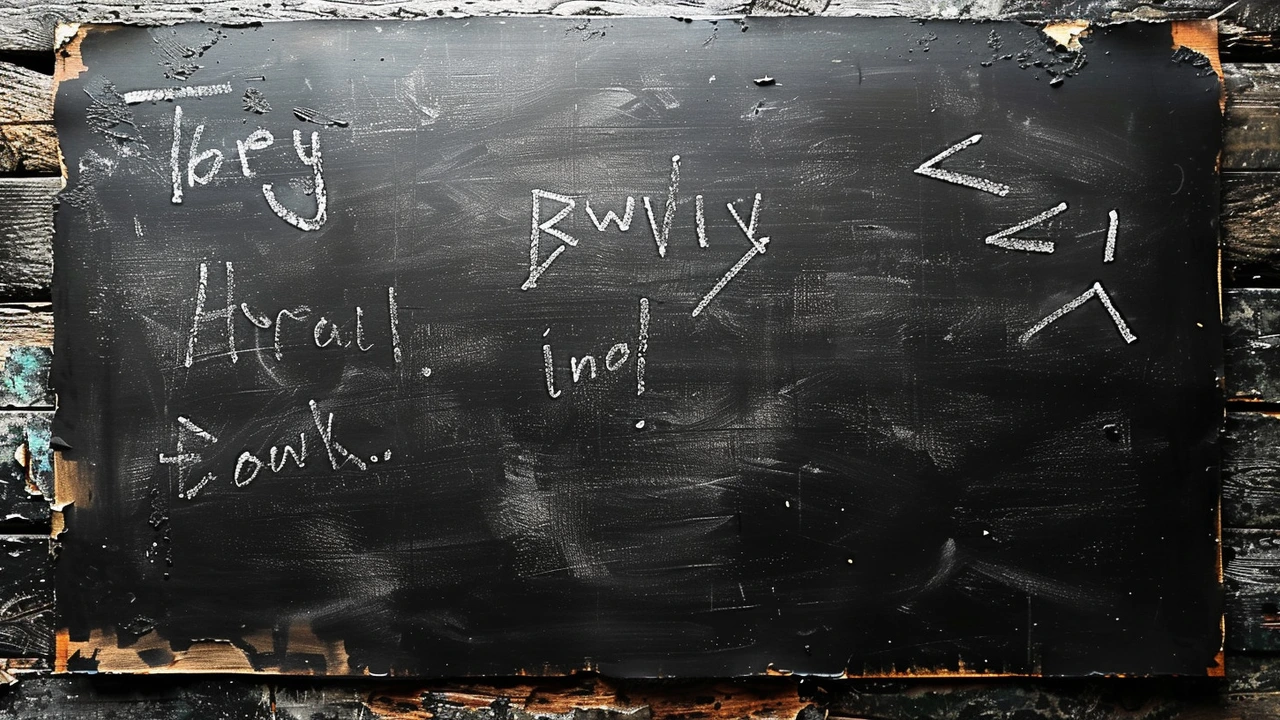Exploring Digital Protests through 'Twitter and Tear Gas': A Deep Dive into Online Organizing

Bryant Alexander's online book club has recently turned its focus towards a compelling and timely subject: the relationship between digital platforms and social activism, as discussed in Zeynep Tufekci's insightful book, 'Twitter and Tear Gas.' This book explores the intricate dynamics of global protest movements and the pivotal role of modern digital communication tools in mobilizing grassroots organizing efforts.
The initial part of the club's reading delves into the preface, introduction, and chapter one of Tufekci's work, laying down a robust foundation that examines several high-profile protest movements. These include the Seattle WTO protests and the Arab Spring, striking examples that Tufekci uses to anchor her in-depth analysis of digital activism. She introduces readers to vital concepts such as social movement capacities, signaling techniques employed by protesters to convey their strength and demands, and the tactical freeze phenomenon where movements grapple with adjusting tactics to achieve tangible policy changes.
The book spotlights the transformative 2011 Tunisian Revolution, accentuating the significant role social media played. Here, figures like Wael Ghonim, an Egyptian Google executive, utilized these platforms to amplify messages and mobilize widespread support. Alexander, in reflecting upon Tufekci's narrative, accentuates her critique on digital dualism — the notion positing that digital and physical spaces stand apart. This critique is essential in understanding the blurred lines between these realms and their interconnected impacts on social movements.
Alexander resonates with Tufekci's mixed observations on digital advocacy campaigns. While recognizing their power to amplify grassroots efforts, he also acknowledges the complex outcomes these campaigns yield, varying from significant achievements to acute challenges. The text sustains a critical stance on how these digital platforms can sometimes both enable and disable social activism.
The piece concludes by posing several critical questions derived from Tufekci's analysis. These inquiries provoke thought among readers about the delicate balance between social theory and personal narratives, the nuanced differences between technology's disabling and enabling effects on social movements, and the exploration of strategies to bolster the fragile, often dependent nature of these movements.
Overall, the book club's engagement with 'Twitter and Tear Gas' offers a profound examination of digital platforms' influence on the evolution and impact of social protest movements at a global level. By blending theoretical insights with real-world instances, Tufekci, along with Alexander's reflections, presents an enriching discourse on the complex interplay between technology and activism. It beckons readers to deliberate on how digital tools are reshaping the landscape of social movements, challenging them to consider the future trajectory of digital activism and its potential to drive significant societal changes.
This exploration is not just an academic exercise; it invites participants to critically engage with the current state of digital activism, encouraging a deeper understanding of the challenges and opportunities it presents. Alexander's inclusion of thought-provoking questions further enriches this dialogue, making the book club's reading of 'Twitter and Tear Gas' an invigorating journey through the landscape of modern social movements and the digital tools that shape them.






Comments
Raja M
October 22, 2025 AT 10:06When we peer into the lattice of digital protest, we discover that every tweet is a thread in a larger tapestry of dissent.
It is not merely the platform but the intent behind the message that fuels a movement.
The echo chambers of social media amplify both hope and frustration, turning a single hashtag into a rallying cry.
Historical parallels, like the Seattle WTO protests, show us that technology merely reshapes the terrain of visibility.
Yet, the core human desire for justice remains unchanged, merely finding new megaphones.
Zeynep Tufekci reminds us that the "freeze" in tactics is not a sign of failure but a moment of recalibration.
Digital dualism, the notion that online and offline realms are separate, crumbles under the weight of real-world actions spurred by screen interactions.
Consider the Tunisian Revolution, where a handful of Facebook posts ignited a national uprising.
That moment proves that the line between virtual and physical protest is porous at best.
However, the same tools can also fragment movements, leading to slacktivism without concrete outcomes.
We must ask whether the hyperconnected world dilutes the intensity of commitment needed for lasting change.
Social movements today have to balance signaling strength online with tangible pressure offline.
The paradox lies in the fact that while digital platforms democratize voices, they also enable surveillance and co-optation.
Thus, every activist must wield these tools with both optimism and caution, aware of the double‑edged sword they represent.
Ultimately, the future of protest will be defined not by the platform itself but by the collective strategic imagination of its participants.
Rob Flores
October 26, 2025 AT 18:39Oh great, another deep‑dive into how phones make us feel morally superior. How original.
Ryan Spanier
October 31, 2025 AT 04:13While the enthusiasm is commendable, let us also acknowledge the necessity of concrete policy demands alongside digital mobilization. A balanced approach often yields the most sustainable outcomes.
Shiv Kumar
November 4, 2025 AT 13:46One cannot simply reduce the intricate choreography of protest to a series of tweets. The theoretical frameworks presented by Tufekci demand a more nuanced appreciation of sociopolitical agency.
Kyle Garrity
November 8, 2025 AT 23:19Exactly, a nuanced view helps keep the conversation grounded, ensuring we don’t lose sight of the grassroots stakes behind every retweet.
Miah O'Malley
November 13, 2025 AT 08:53The interplay between virtual signaling and street‑level activism is like a dance where each step reshapes the rhythm of dissent. It’s fascinating to see how digital threads weave into the fabric of collective memory.
Bradley Allan
November 17, 2025 AT 18:26Wow!!! This whole "digital protest" thing is just the next episode of humanity's endless drama-cue the fireworks, cue the memes!!!
brandon lee
November 22, 2025 AT 03:59Cool read.
Joshua Pisueña
November 26, 2025 AT 13:33Let’s keep the energy up! Digital spaces can be our launchpad-ignite ideas, spark action, and watch them lift off!
Ralph Barcelos de Azevedo
November 30, 2025 AT 23:06It’s high time we remember that moral clarity alone won’t dismantle oppressive structures; strategic coordination does.
Peter Rupar
December 5, 2025 AT 08:39Honestly this whole chapter is a waste of time, u ghave no idea how real protest works, just talk n talk.
Abhinav Moudgil
December 9, 2025 AT 18:13The vivid palette of online activism paints a kaleidoscopic picture of hope, resistance, and the relentless pursuit of change.